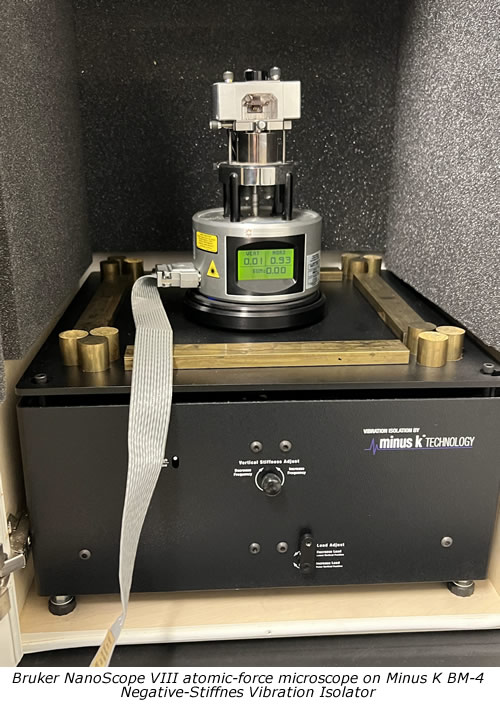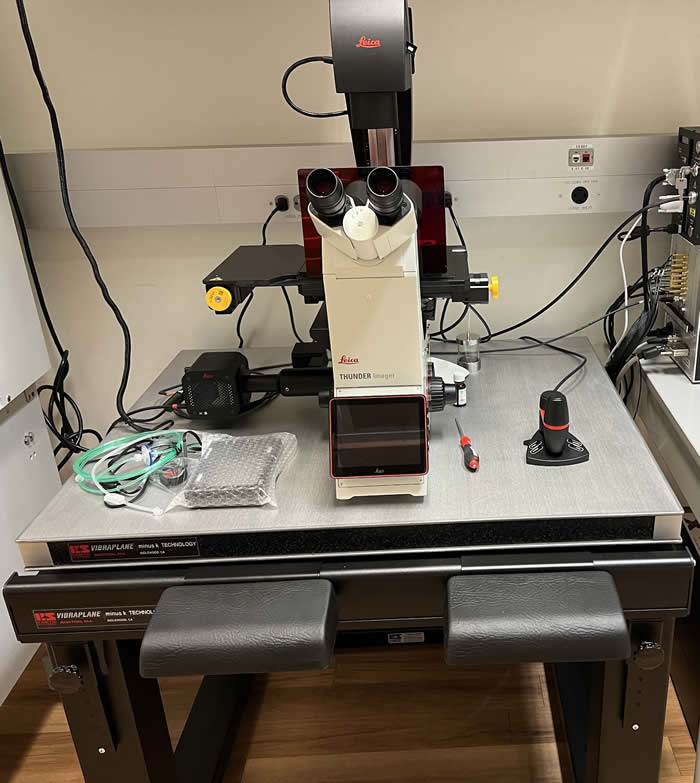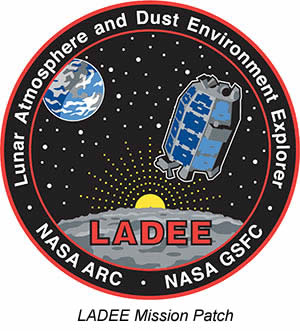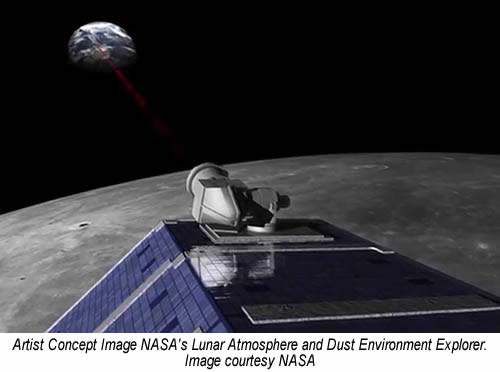|
|
Newsletter November 2024 | Menu of
Newsletters
| |
|
|
|
DNA, or deoxyribonucleic acid, is the
hereditary material in humans and almost all other organisms. Nearly every cell
in a person's bodpersony has the same DNA, most of which is located in the cell
nucleus. The DNA molecule is packaged into thread-like structures called
chromosomes. Each chromosome is made up of DNA tightly coiled many times around
proteins that support its structure. The information in DNA is stored as a code
made up of four chemical bases: adenine, guanine, cytosine and thymine, which
are present in pairs. Human DNA (i.e., the human genome) consists of about 3
billion DNA base pairs, and more than 99 percent of these base pairs are the
same in all humans. The order, or sequence, of these DNA base pairs determines
the information available for building and maintaining an organism.
DNA Superstructure Research at the University of Texas, Dallas
Research into the functions of DNA has had a significant impact on the
fields of medicine, biotechnology, and the life sciences. One such group that
has been conducting research into DNA is the Physical Genomics Laboratory in
theDepartment of Bioengineering, University of Texas at Dallas. Under the
direction of Dr. Stephen Levene, Professor of Bioengineering, research into the
characterization of biological macromolecules of protein-DNA complexes (DNA
superstructures) has been ongoing for a number of years. Levenes research on
the flexibility and folding of DNA, mediated by protein-DNA interactions, has
led to valuable insights into the physics and organizations of genomes, as well
as gene regulation and genetic recombination. His work has been supported by
the American Cancer Society, Department of Defense, National Institutes of
Health, National Science Foundation and the Texas Higher Education Coordinating
Board.

"I've been working on problems having to do with the
interactions of proteins that organize DNA into tertiary structures that are
biologically important, said Dr. Levene. We are interested in questions that
have to do with DNA superstructures, higher-order structures that organize the
human genome."
"It is not unusual in the genome of many organisms for
genes to be regulated by sequences of DNA that are many thousands of base pairs
away, continued Dr. Levene. In fact, chromosomes are probably organized into
functional units where regulatory elements occupy the same domain and genes
that they regulate. By regulatory elements, I mean sequences of DNA where
proteins bind, and turn on or turn off the genes that are under the control of
those sequences."
"So to that end, for most of my career I have been
interested in what governs those interactions in physical terms, and more
recently, how we can harness our understanding of those interactions to effect
regulation of certain genes and to develop new strategies for diagnostics and
therapeutics, added Dr. Levene." Dr. Levene's team performs experiments in both
ensemble or bulk measurements (making measurements on huge numbers of
molecules), as well as in living cells and on single molecules. Their group can
thus infer the properties of these molecular species either indirectly or more
directly visualize them using tools that resolve optical images of
fluorescently labeled DNA molecules or visualize DNA structures by using
atomic-force microscopy. There are advantages and disadvantages to both
methodologies, so they pursue both of these scales
simultaneously."
|

|
A unique aspect of Dr. Levene's
research is that it combines its experimental research results with advanced
computer models and other types of calculations to address very challenging
physics issues.
"We study very complex problems - such as how DNA
organizes under the constraints of environmental factors - requiring that we
collect data on three-dimensional structure-dependent parameters," explained
Dr. Levene. "For example, with coiling of DNA, which occurs spontaneously,
called supercoiling - to interpret this, good theory is needed, which involves
quite sophisticated physics, and requires using computer-simulation-based tools
and or other computational-modeling approaches. Our group is probably regarded
as one of the leading labs in terms of DNA tertiary structure. But this is
largely because of a strong computational component through our research, which
I think is unique."
|

Physical Genomics Laboratory's Leica Thunder fluorescence microscope
system on Minus K MK26 vibration isolation workstation
| |
| |
| |
|
| Vibration
problems & negative-stiffness isolation solutions article
continued... | | |
|
|
|
|
The
LC-4
is an ultra compact, low-frequency negative-stiffness isolator. It comes in two
configurations, our low horizontal frequency performance of 1.5 Hz or our ultra
low horizontal frequency performance of 0.5 Hz. Both configurations offer our
signature 0.5 Hz vertical natural frequency.
This low frequency
vibration isolator is for weight loads from 15 to 130 lbs. and 1/2 Hz
performance vertical and horizontal.
LC-4
isolators can be combined into multi isolator systems to support heavier
payloads while taking up very little room themselves. The isolators are
passive, manually-adjustable and require no air or electricity.
More...
- Vertical natural
frequency of 1/2 Hz or less can be achieved over the entire load range.
- Horizontal natural
frequency is load dependent. 1 1/2 Hz (low horiz. freq.) or 1/2 Hz (ultra low
horiz. freq.) or less natural frequencies can be achieved at or near the
nominal load.
- See
performance
for a typical transmissibility curve with 1/2 Hz natural frequency.
Pricing &
specs for LC-4
|
|
| |
|
|
|
NASA’s Lunar Atmosphere and Dust
Environment Explorer (LADEE), pronounced Laddie, was a robotic mission
launched in 2013 that orbited the moon to gather detailed information about the
structure and composition of the thin lunar atmosphere, and the first-ever
Lunar Laser Communications Demonstration (LLCD). The LLCD used lasers, not
radio waves, like other spacecraft that have flown beyond close-Earth orbit
have used, to communicate with controllers on Earth allowing the spacecraft to
communicate at broadband speeds with the ground. |
 | The probe was approximately
7.7ft x 4.75ft x 4.75ft, weighing 383kg (844 lb). The probe took about 30 days
to get to the moon. LADEE then went through a checkout period for another 30
days. After that, the probe conducted a 100-day science mission and was even
able to extend its mission for an additional month..
Once LADEEs mission
was completed, NASA intentionally impacted the probe into the far side of the
moon, away from historically important sites like the Apollo landing zones.
Lunar Laser Communications Demonstration
The LLCD was a
project undertaken by MIT Lincoln Laboratory, NASA's Goddard Space Flight
Center, and the Jet Propulsion Laboratory. It was NASAs first attempt to
demonstrate optical communications between a lunar orbiting spacecraft and
Earth-based ground receivers.
| |
All prior communications with spacecraft
beyond close-Earth orbits required spacecraft to have small, low-mass,
low-power radio transmitters and giant satellite dishes on Earth to receive
their messages. LLCD was an alternative process to replace traditional radio
communications with specialized lasers and laser detection units to send
information between lunar orbit and three receiving stations in the U.S. and
Spain.
LLCD demonstrated error-free communication from the moon,
including during broad daylight and even when the moon was within 3° of the
sun, as seen from Earth. LLCD also operated error-free when the moon was less
than 5° above the horizon, as seen from the ground station, which showed
that wind and atmospheric turbulence didnt significantly impact the system.
LLCD was even able to communicate through thin cirrus clouds.
The 30-day
test was a much more comprehensive check of its utility for all-purpose
communication. Rather than simply downloading a pre-arranged file, NASA used
the device for real communication with LADEE, and real collection of data.
While all LADEEs science data went to the ground via radio frequency (RF) link,
the data sent by the LLCD test was verified against the RF data, demonstrating
the feasibility of laser communication uplink/downlink for future
missions.
The LLCD used a pulsed laser beam to transmit data over the
239,000 miles from the moon to Earth at a record-breaking data-download speed
of 622 Megabits per second (Mbps), versus 75Mbps. This download speed was more
than 6x faster than the speed achieved by the best radio system ever flown to
the moon and would normally take several days to download.
LLCD also
demonstrated a 20Mbps uplink, which was used to loop back error-free
high-definition video to and from the moon, important for future human
exploration missions, and also provided simultaneous centimeter-class precision
ranging to the spacecraft, which can be used to improve the gravity models of
planetary bodies.
|
 |
The testing looked at more than raw download
speed, prioritizing signal reliability and accuracy, along with possible
distance effects. LLCD worked well even at extremely oblique angles, when the
satellite was near the Earth’s horizon and its signals were forced to move
through the thickest portions of the atmosphere. The laser signal could be read
without error even in broad daylight and through light clouds.
In
addition to this lack of error, the LLCD was able to switch from one ground
station to the next as the Earth turned, in a manner that NASA compared to how
a mobile phone network operates, and the system did so without human
intervention. The system could even lock on to the ground stations without
using a radio signal.
The real breakthrough of the LLCD demonstration,
however, was the spectacular success of its essentially flawless operations,
allowing the system to return real, high-value science data from LADEEs
instruments investigating the moons environment and showing the promise of
laser communication for future missions.
The downside for the future is
range. Simply boosting power to the laser to make it cohere better over a
longer distance is a losing game. A more reasonable solution, and one NASA is
working toward, is the Lunar Communications Relay Demonstration (LCRD). This
would see NASA pepper space with laser-routers to read and re-transmit laser
signals from a new transmitter. LCRD is aboard the U.S. Department of Defenses
Space Test Program Satellite 6 (STPSat-6) launched December
2021.
Article
continued...
| | |
|
|
|
|
|
Previous
Newsletters
|

 |
|
|
